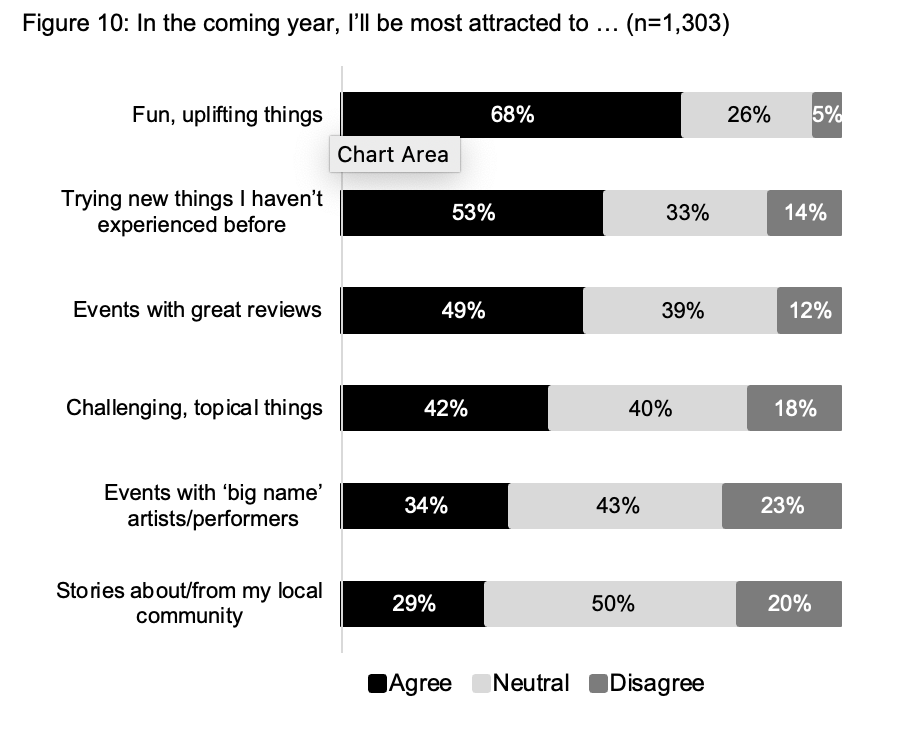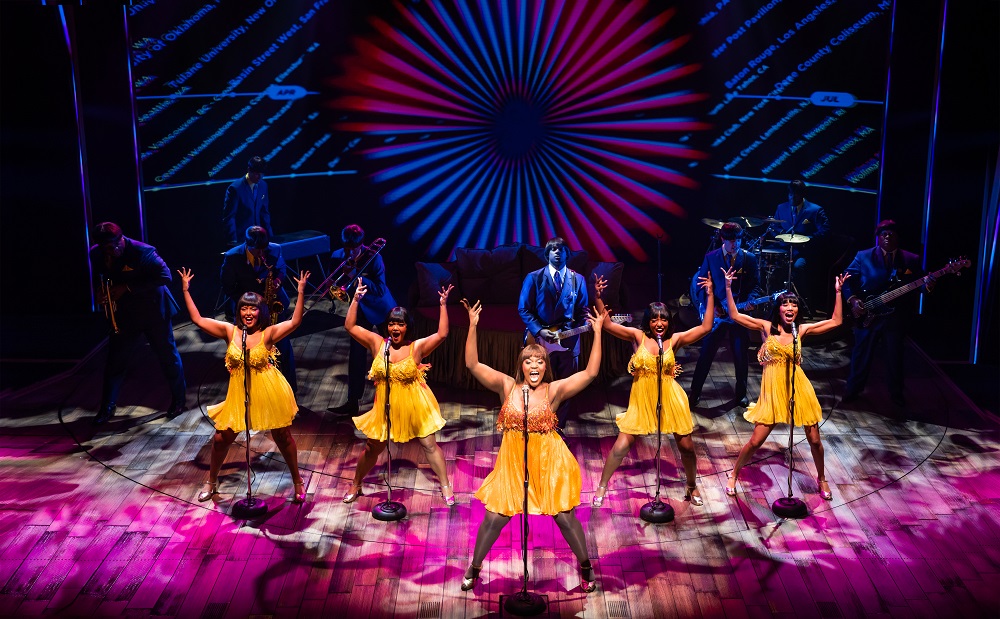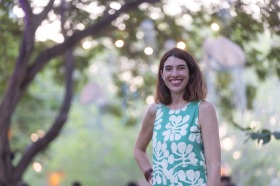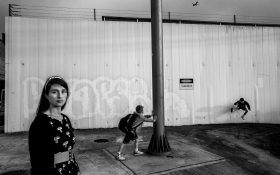Rising costs of living and economic uncertainty are causing younger Australian arts-goers and audiences to spend less on tickets and be more cautious about what they see, according to a new report released by the Australia Council, which surveyed 1318 recent attendees of cultural events.
Financial reasons are the top barrier to attendance, affecting four in 10 audience members, especially the under-55s, according the audience research.
The Audience Outlook Monitor tracking study was initiated in 2020 to provide the arts and cultural sectors with insights and data about audience sentiments and behaviour during the COVID-19 pandemic.
Baseline data was collected in May 2020 in a cross-sector collaborative survey process involving 159 arts and cultural organisations, including museums, galleries, performing arts organisations and festivals. Commissioned by the Australia Council, with cultural data consultancy Patternmakers and WolfBrown, the report and its snapshots (or ‘pulse checks’) are freely available to read and drill down into and they’re of particular relevance for arts and creative organisations planning next moves, like ticketing strategies, audience engagement and outreach.
The most recent iteration of the research was released on 10 May 2023 using data collected in April 2023. It says those most affected by financial barriers to accessing arts events are the under-35s (or the ‘Young and Restless’ as the report tags them). These are the group least likely to have attended a cultural event recently (67%), a notable decline from 77% in October 2022.
Read: Education in brief: follow the money, find the story
Those aged 35-54 with children living at home (‘Family Frugality’) were the next most endangered audience sector, with families the most likely group to respond that they were ‘worse off’ than a year ago and had changing priorities around time use and travel.
With interest rate rises meaning the average Australian borrower’s mortgage is going up by thousands each month, it’s hardly surprising that taking your family out to the movies or to the theatre is low on the list of priorities. Even a free visit to an art gallery incurs travel costs, parking and likely requests for snacks.
The over-55s (‘Older and Bolder’) are the one group whose arts-going is least affected by financial hardship. They are even spending at higher levels than they were six months ago, when they were more concerned about catching the flu.
Eight in 10 of the surveyed over-55s (78%) had attended a cultural event in the past fortnight, the highest rate seen in the study since it began in March 2020. When asked about their household’s financial situation, they commonly said it was the same as it was a year ago and they were keen not to miss out on going out. (This is the group that uses email, so arts organisations are encouraged to target their EDMs accordingly.)
Read: Review: Tina: The Tina Turner Musical, Theatre Royal
As for how rising costs are affecting audiences, the report reveals that they’re increasingly hunting for freebies and bargains, buying tickets at the last minute or saving up to ‘splurge’ on big events with guaranteed bang for buck, rather than spending smaller amounts on more experimental outings. Or they’re simply staying home.
Key findings from the Audience Outlook Monitor April 2023 phase include:
- Nationally, audiences in all age groups are citing financial barriers, with certain audience segments being more negatively affected than others. Rising housing costs are affecting families more than households without children (61%). Young audiences are attending at slightly lower rates than other adults right now (67% versus 76%). Audiences over 55 are the most likely age group to experience no barriers to attending currently (27%).
- Most audiences continue to attend events amid cost of living pressures, but the profile of those attending and their attendance preferences are changing. In April 2023, three-quarters of past attendees (76%) attended a cultural activity, which is consistent with October 2022 and August 2022. Older audiences (those aged 55+) are the most likely to be attending right now (78%). Younger audiences (those under 35) are least likely to have attended a cultural activity recently (67%) – a notable decline since October 2022 (77%).
- Half of audiences indicate that both the price they are willing to pay to attend and their frequency of attendance have decreased. Price sensitivities are affecting six in 10 (59%) of those attending, down slightly from August (63%) and October 2022 (63%). Around half are looking for ‘free and cheap’ things to attend (54%), and discounts and pricing offers are being factored into a high number of decisions, particularly among families and young people.
- Audiences from various socioeconomic backgrounds are both ‘saving’ and ‘splurging’ on cultural activities. A significant portion of audiences earning $650 to $999 per week (27%), as well as those earning $3000-plus (29%), agree that they have found things to ‘splurge’ on in the past six months, given their financial situation. Similarly, audiences in all categories are looking for ‘free/cheap things to do’ – a sign that there is universal demand for affordable arts experiences.
- Other factors, such as shifting priorities and energy levels, are impacting attendance. A quarter (24%) of respondents are prioritising other things in their life at the moment, consistent with findings in October 2022 (24%). However, the long-term effects of the pandemic continue to affect some audiences’ stamina for attending. Around two in 10 (18%) say they lack energy to go out, consistent with October 2022 (19%).
- Uplifting content has been identified as attractive to audiences over the coming year – while last-minute ticket buying is likely to remain a trend. In April 2023, 95% of audiences were most interested in attending fun, uplifting performances in the coming year – and 85% are looking to try new things they haven’t experienced before. A quarter (26%) of audience members suggested they would be likely to book events within the next seven days; while over two-fifths of audience participants said they would be likely to book events in the next two to three weeks (43%).
Ideas for bringing them back
According to the report, many people are simply feeling exhausted and less likely to leave the house, but some ideas to draw potential audiences out include:
- incremental payment options and programs with diverse offerings and different price points
- the idea of a ‘pay it forward’ model where those who can share with those who can’t
- the use of services like ArtsPay, as some audiences are put off by high booking fees, but are keen to support the arts and artists
- clear and helpful marketing
- free or cheap transport and parking, and
- events that are not just in the CBD.
Be uplifting not depressing!
Here’s a final warning for those wanting to attract an audience to their event: don’t be depressing!
The majority of those surveyed don’t want to spend their scarce fun-money on being depressed, but on having fun and being uplifted (see table below). For anyone trying to make serious, challenging art, this could be very dispiriting, but has it ever been easy?

On the upside, respondents wanted to try something new, and wanted to read reviews and good arts criticism, so don’t forget ArtsHub’s excellent reviews selection here.
The snapshot audience outlook report is peppered with quotes from respondents about their feelings and decision-making processes. Here’s a positive one to finish with:
‘I love what is provided by the arts and culture. I believe in the benefits they have for the entire community. I also admire the creative ways in which artists and cultural organisations have responded to the constraints of COVID. That flexible mindset that challenges us to think beyond the here and now and create beauty as well as insight is what we need. My personal circumstances have unfortunately affected how social I feel. But I will be moving forward.’






